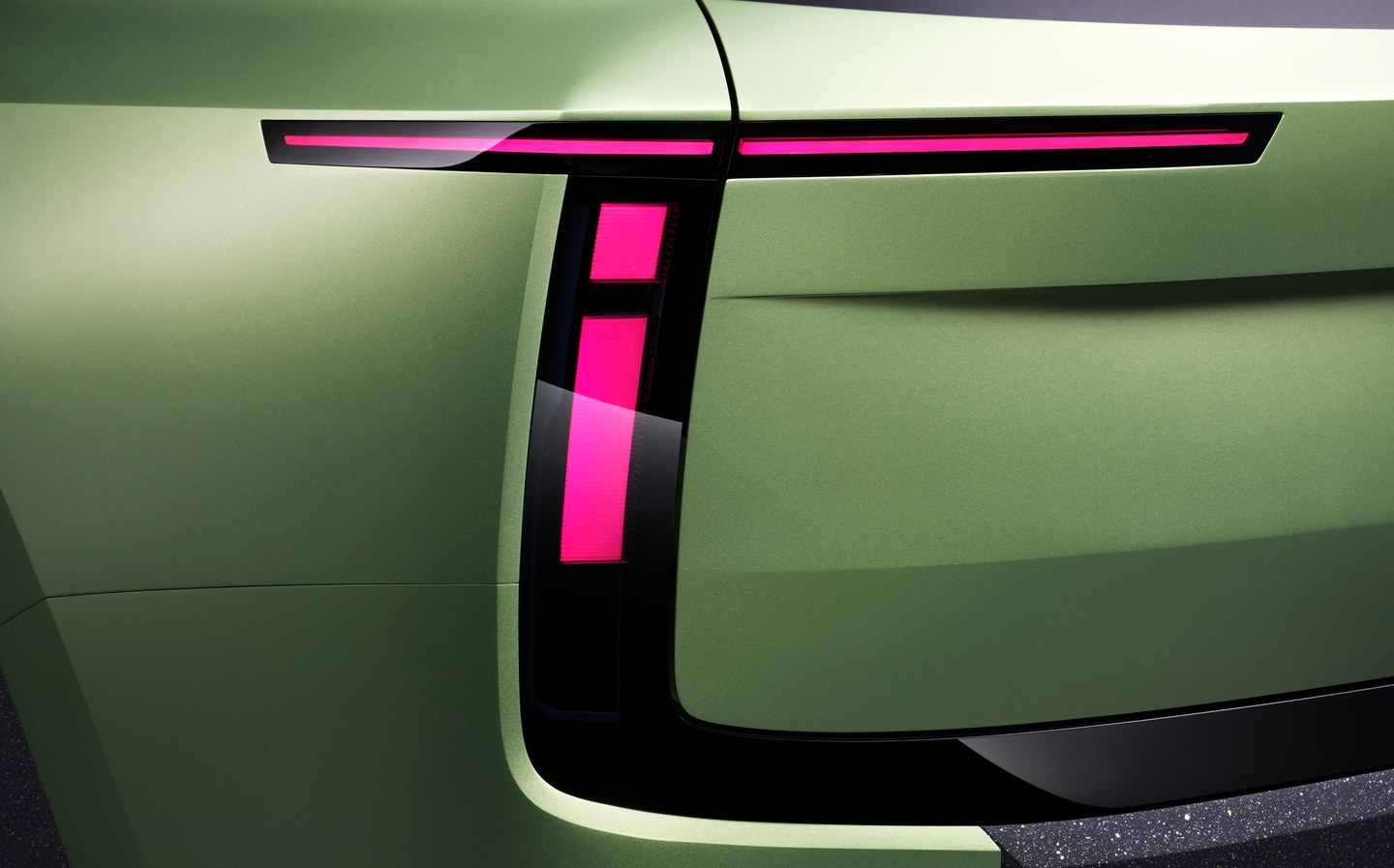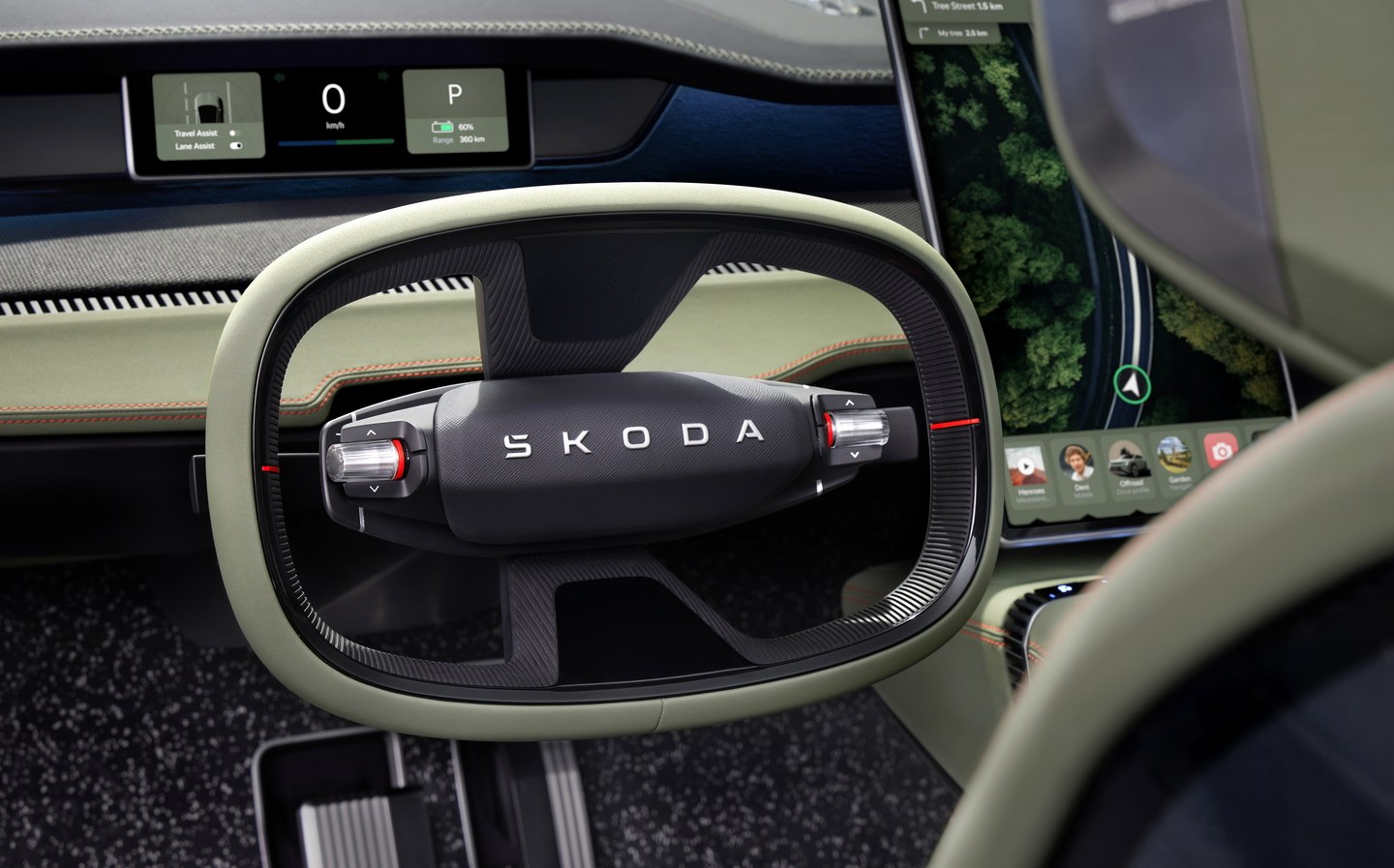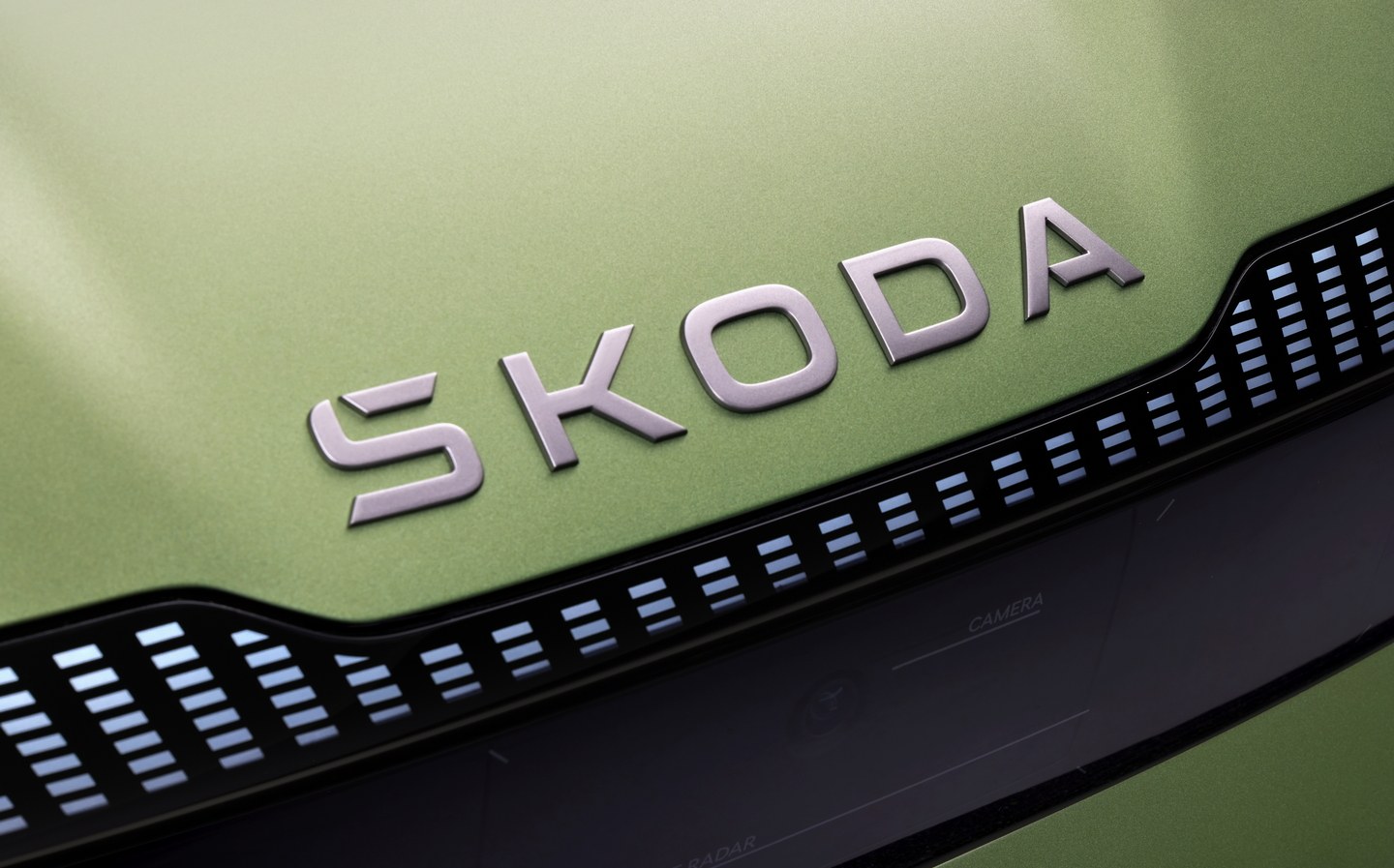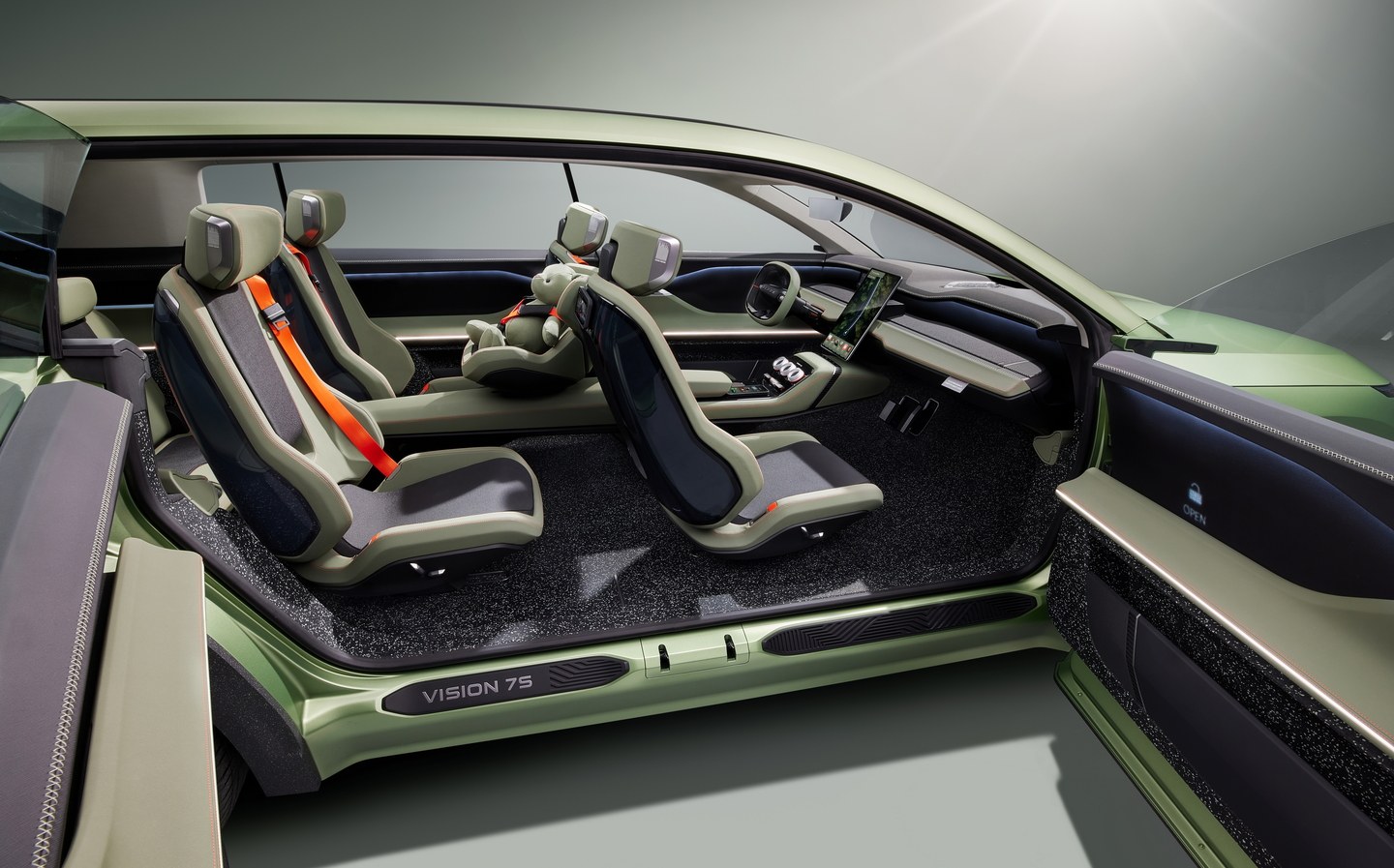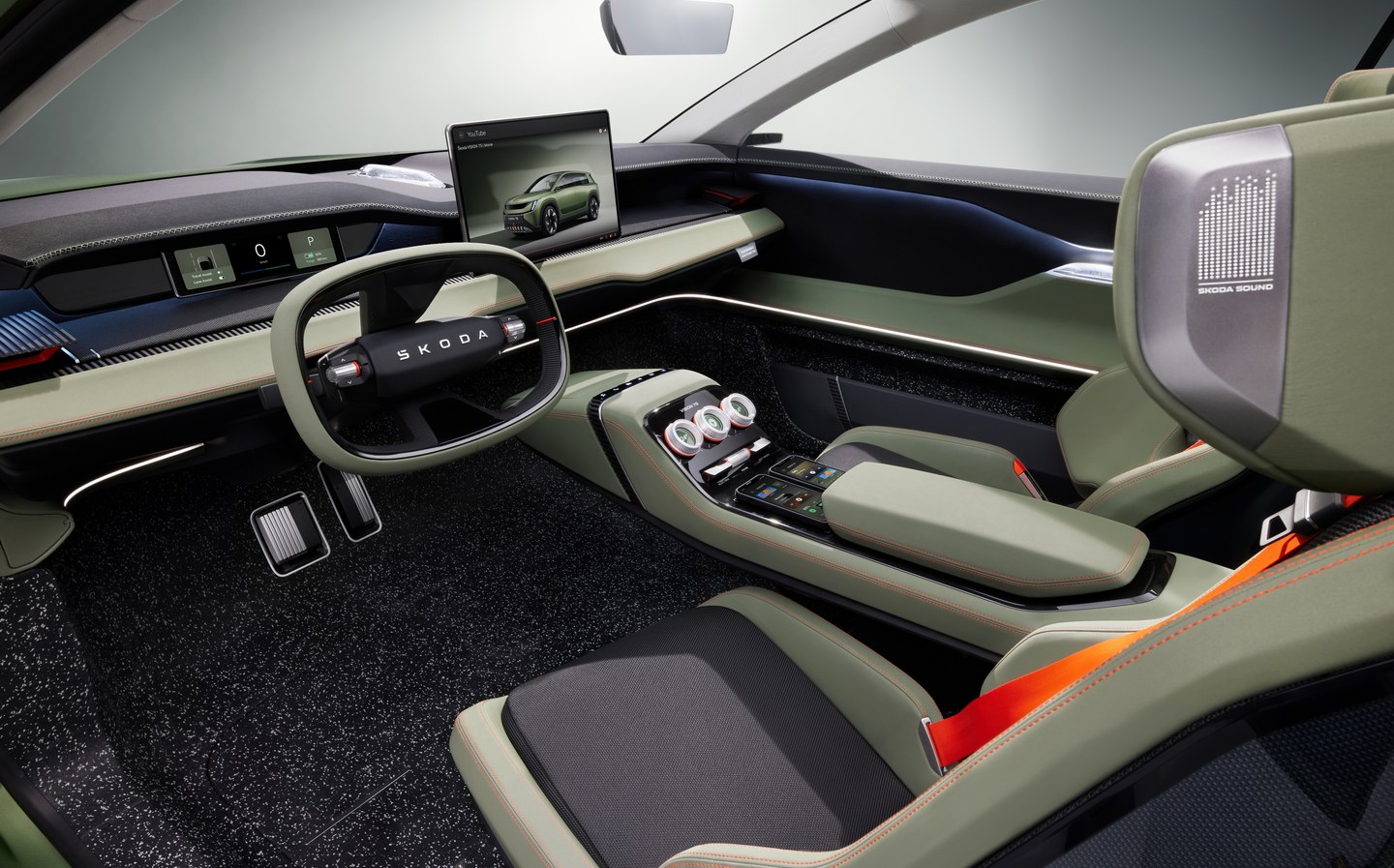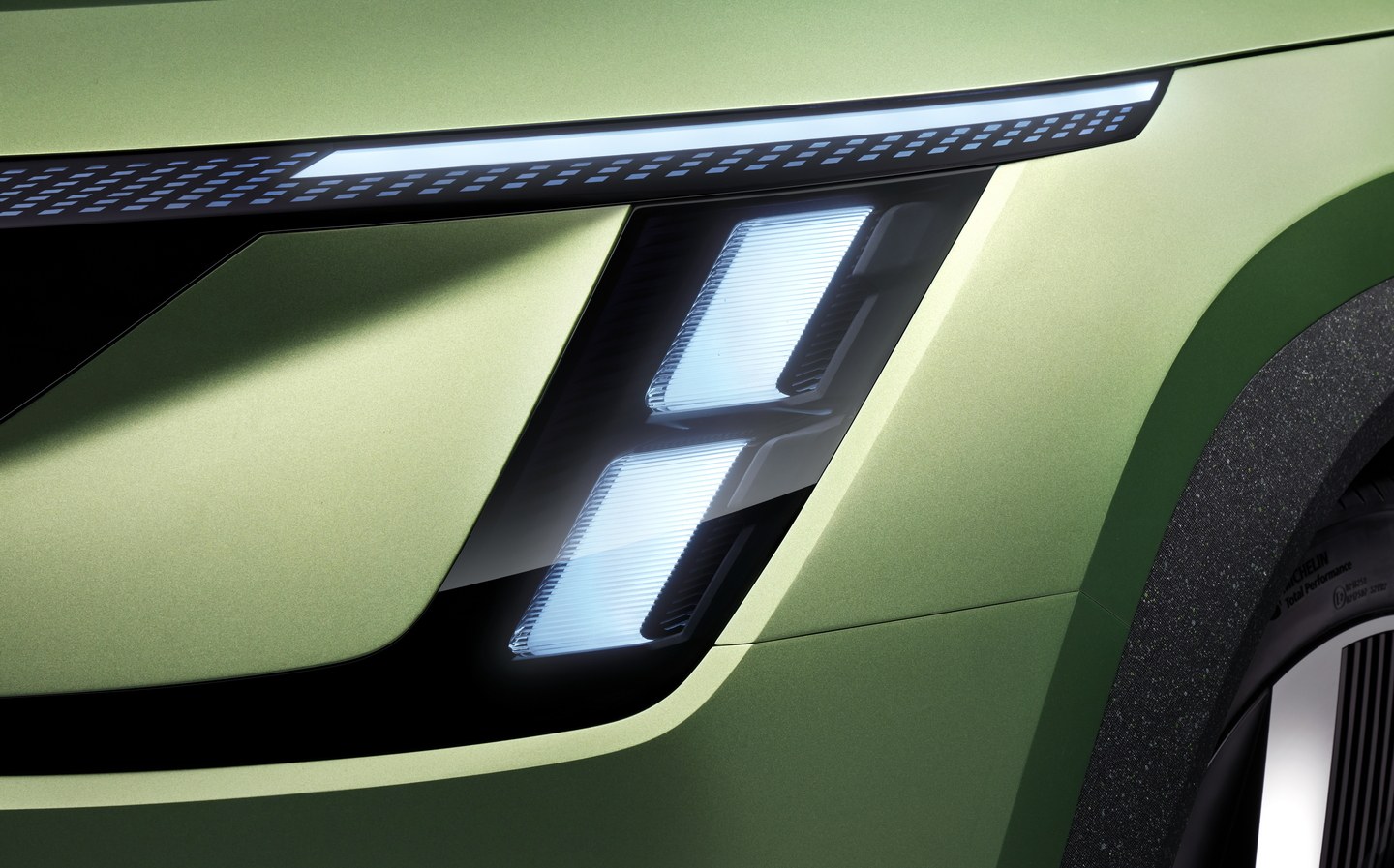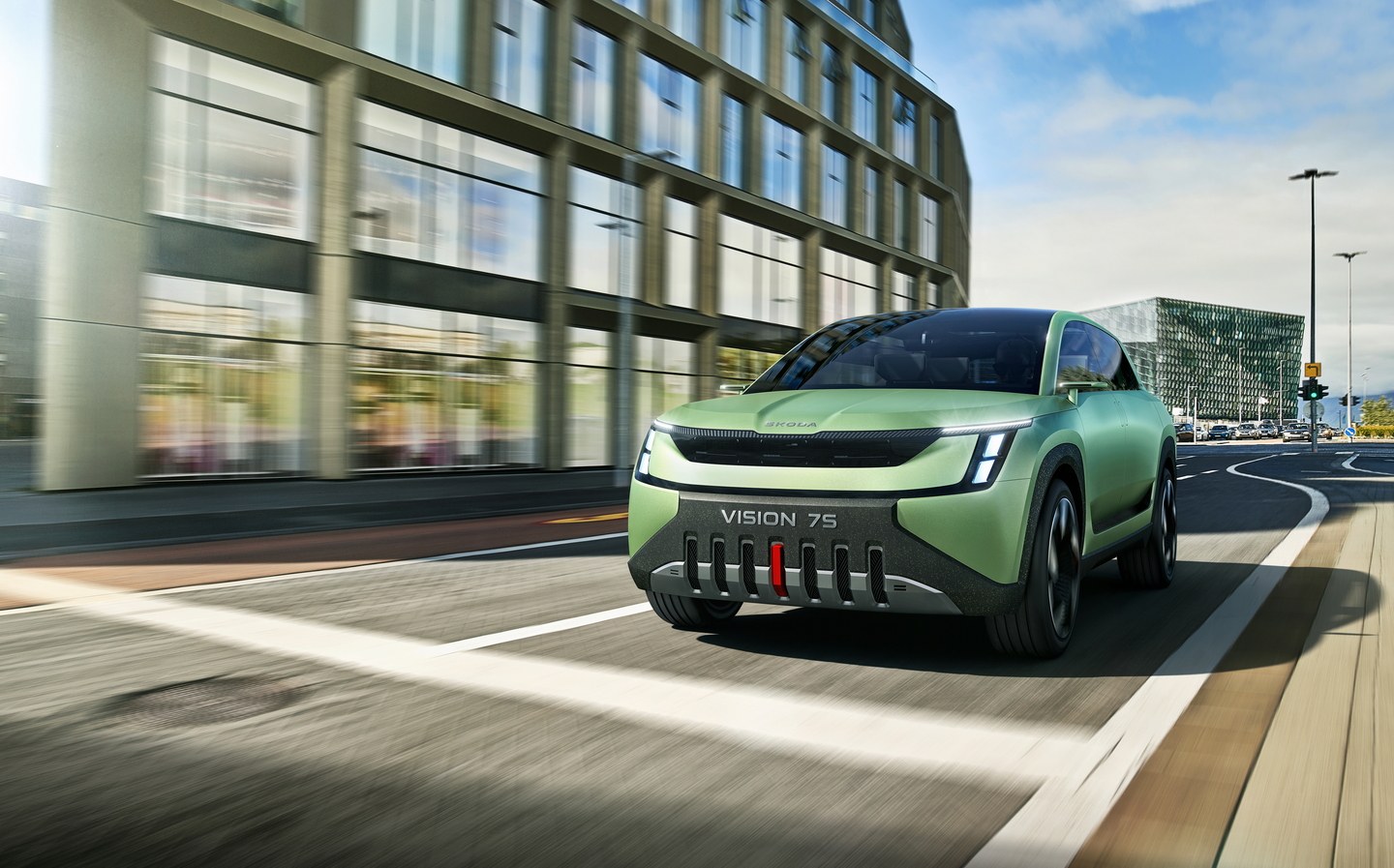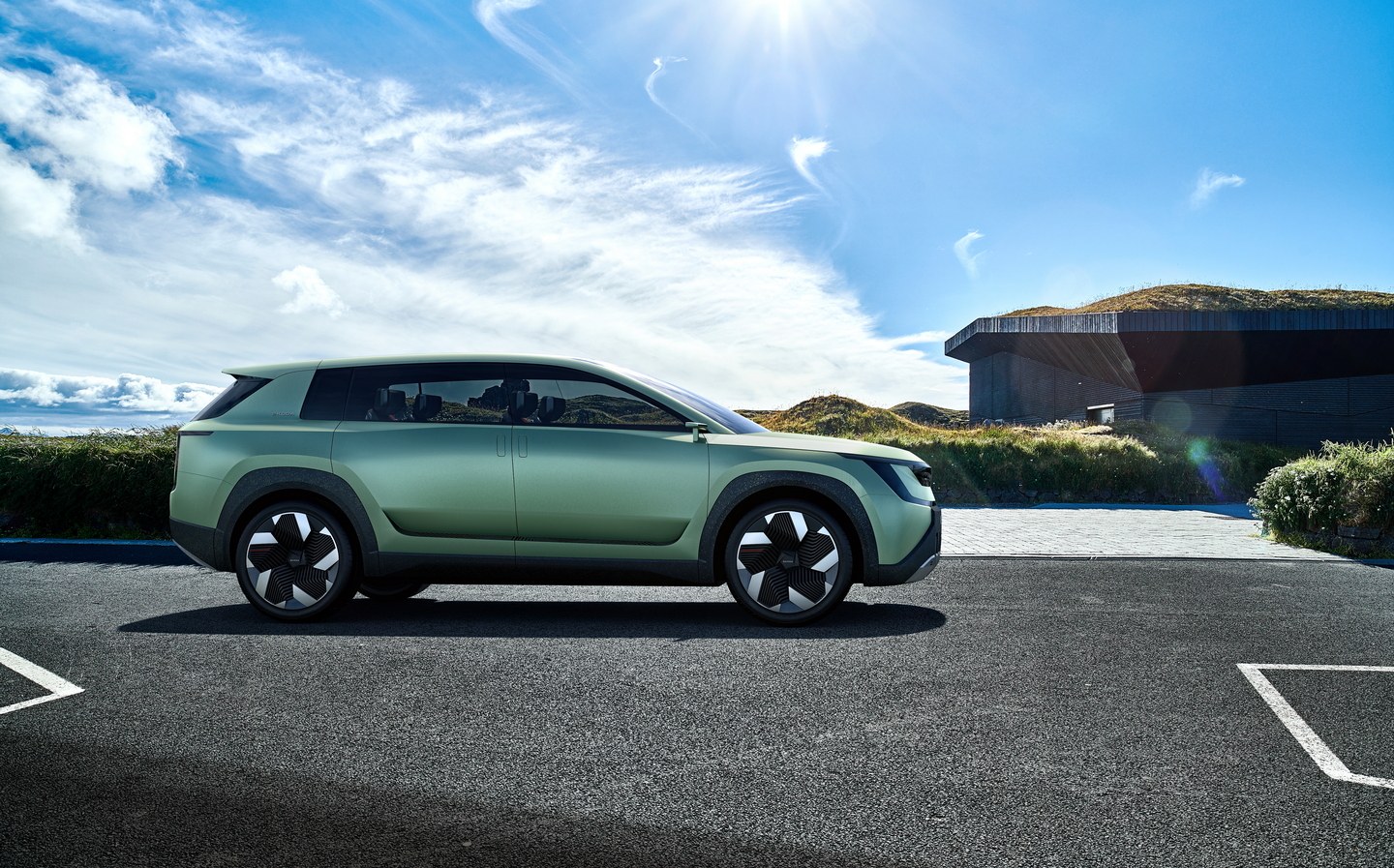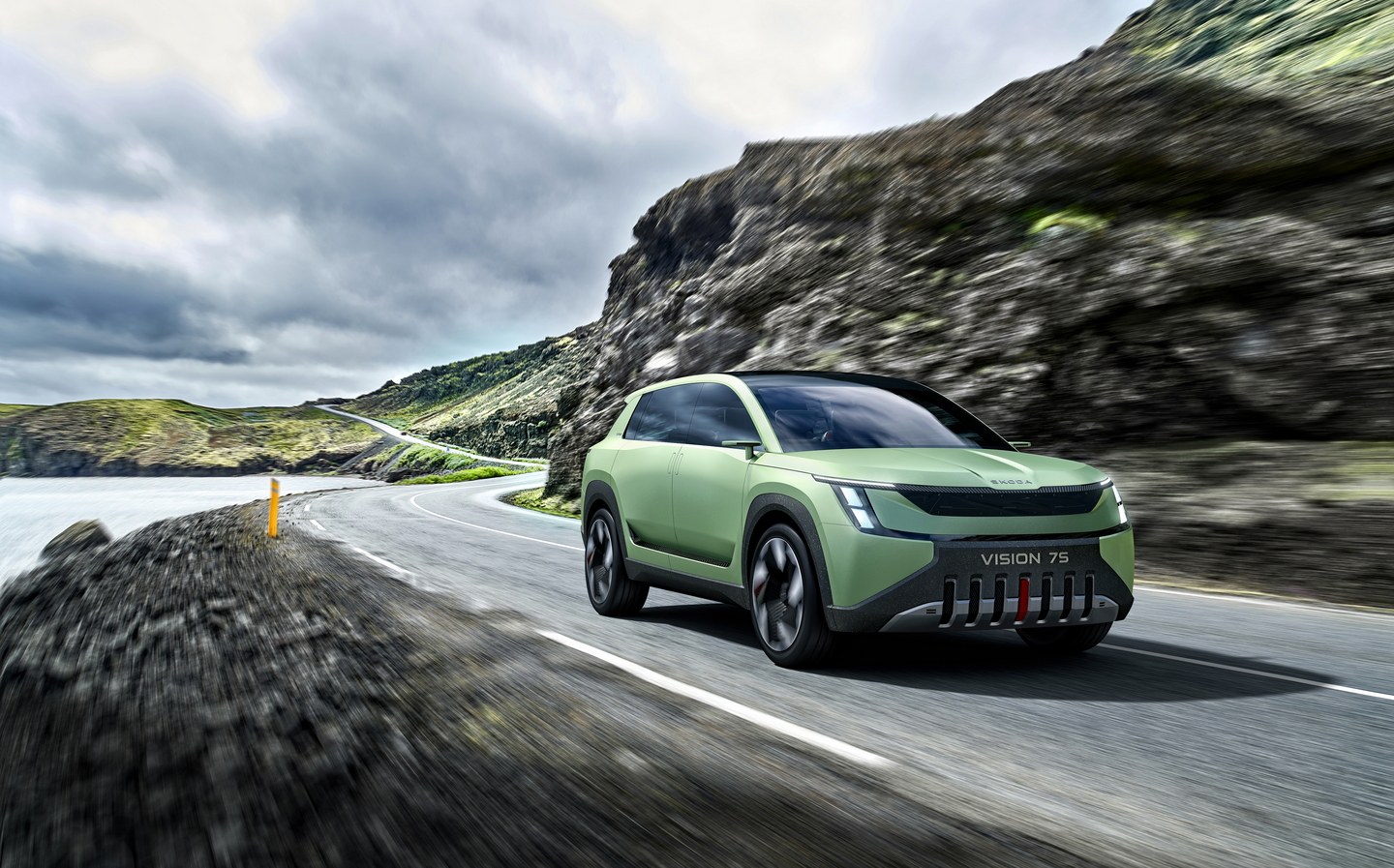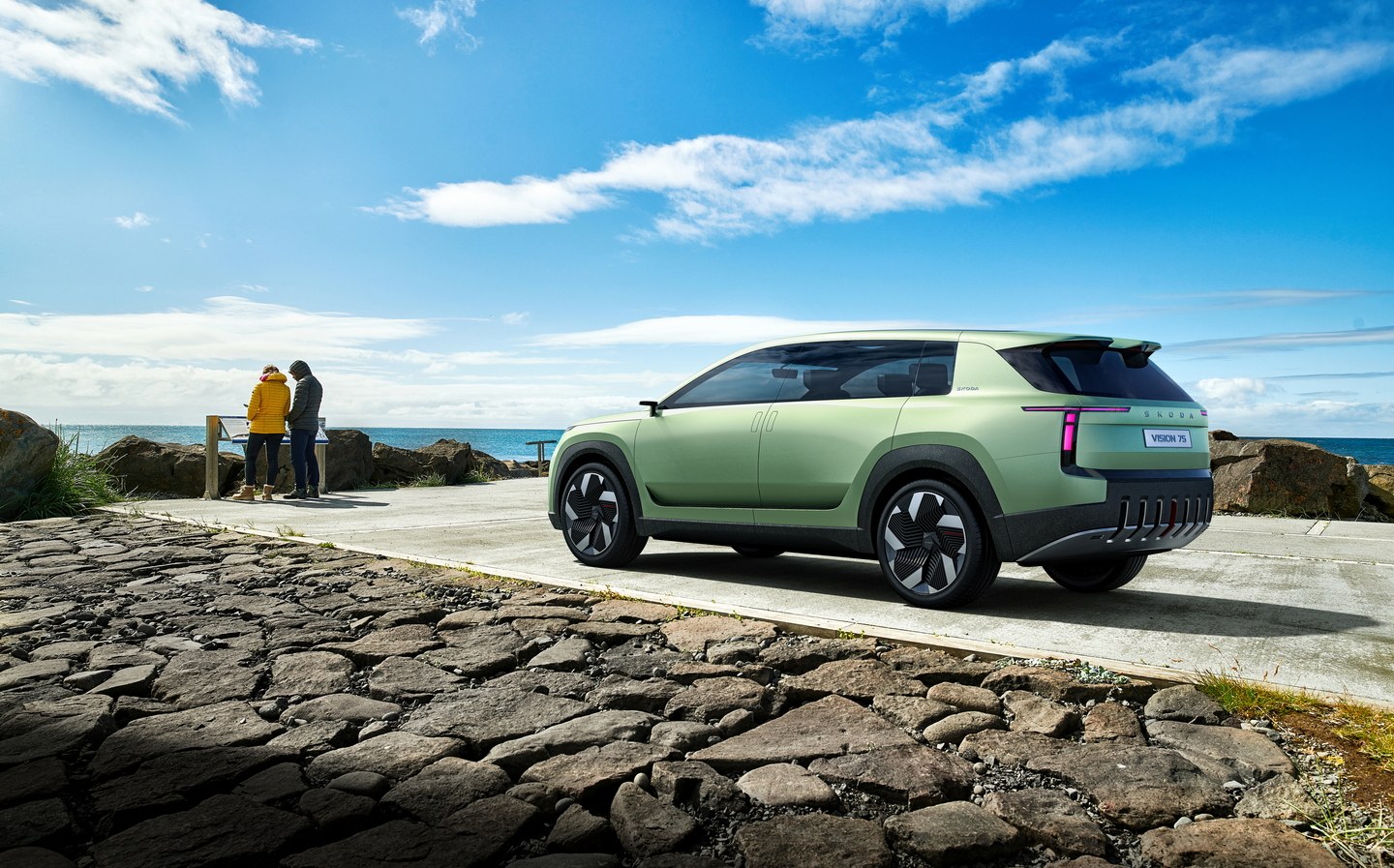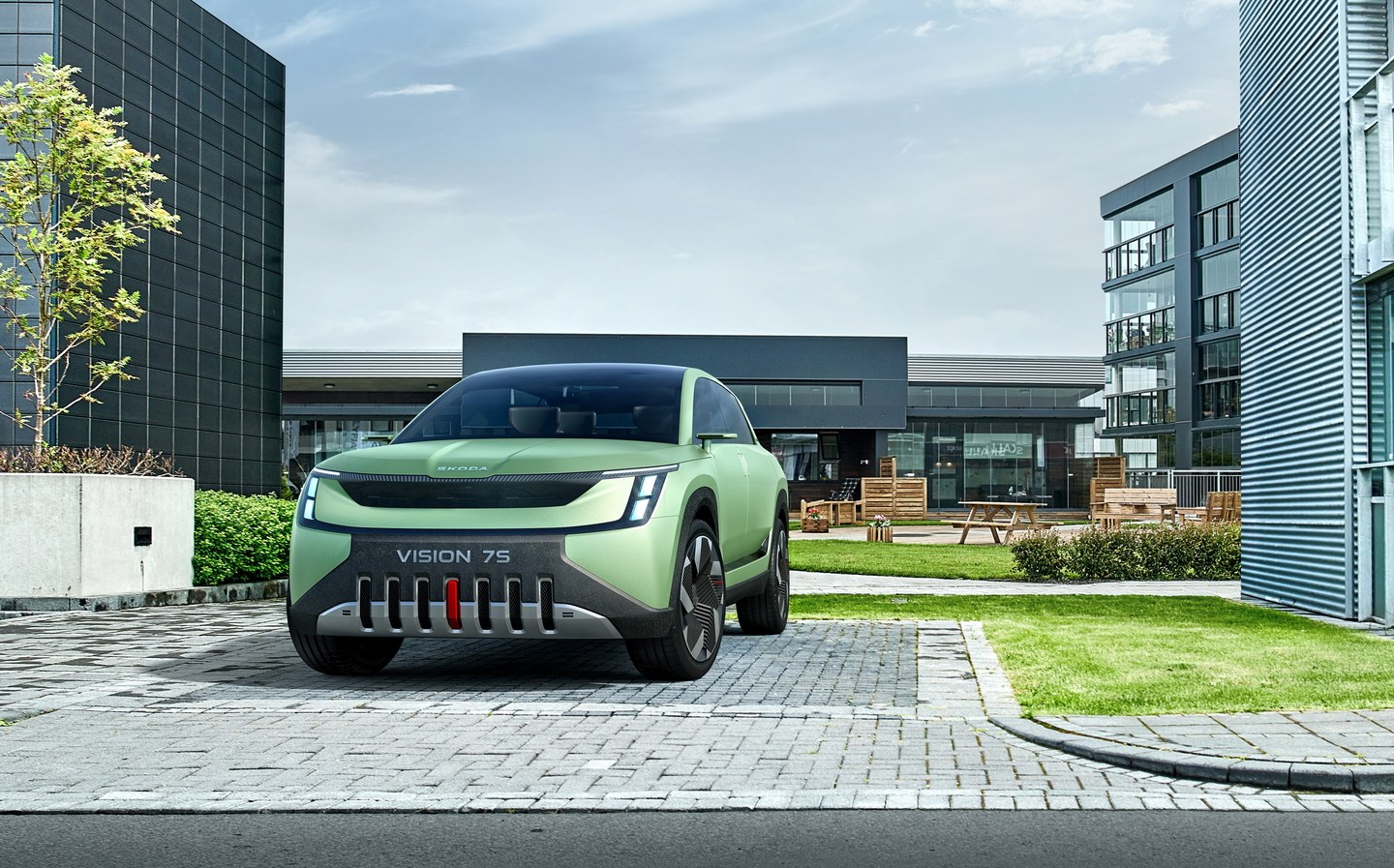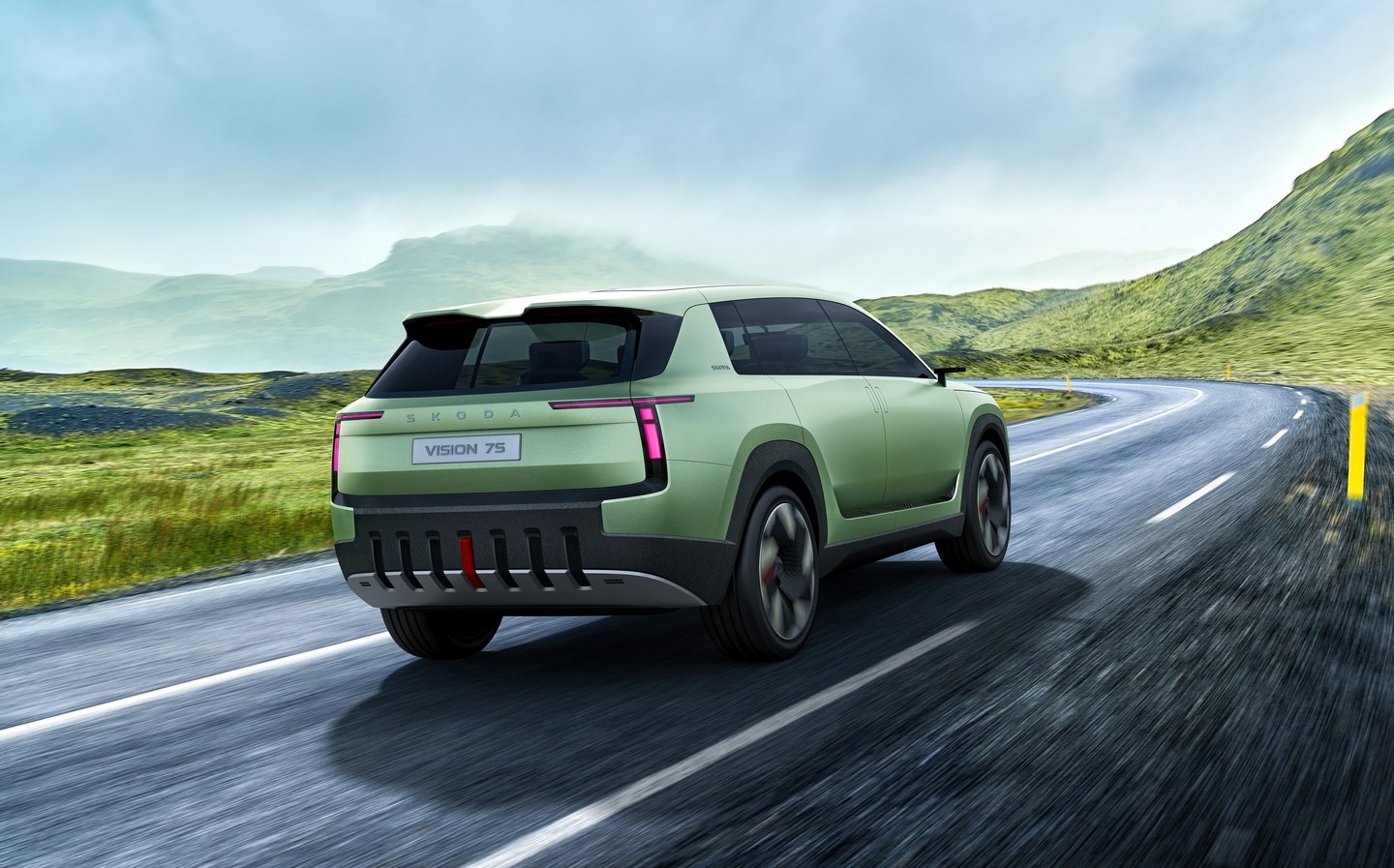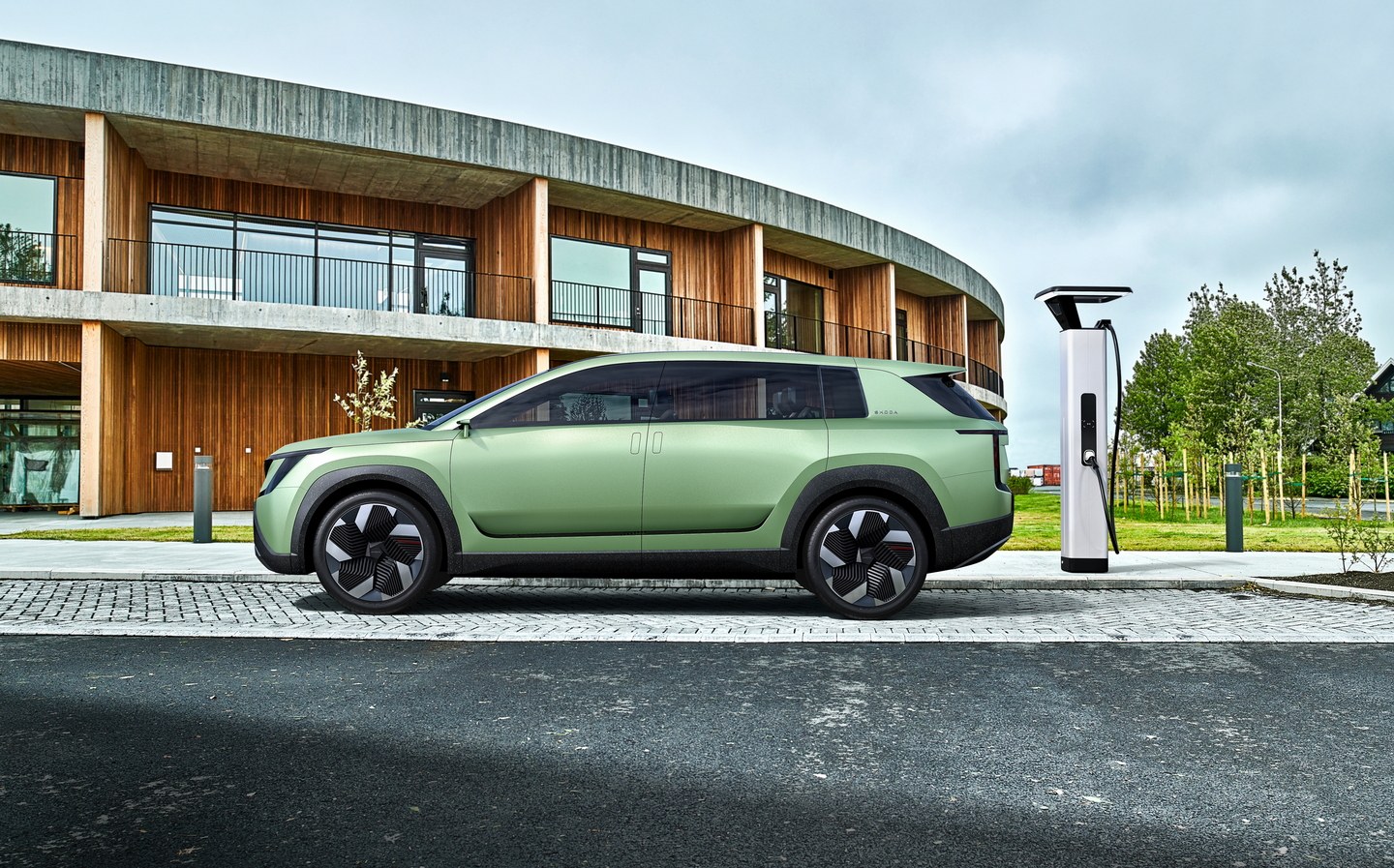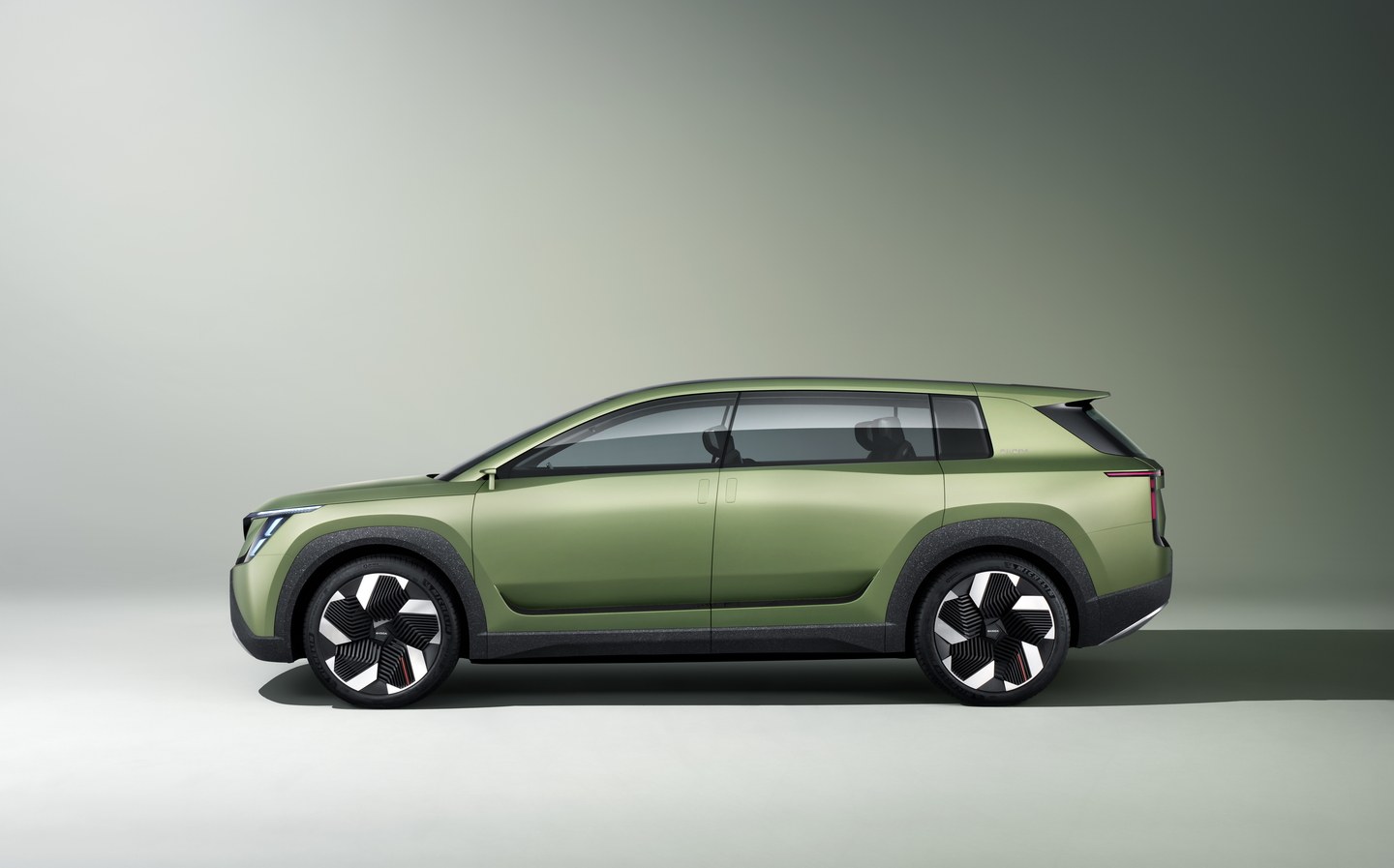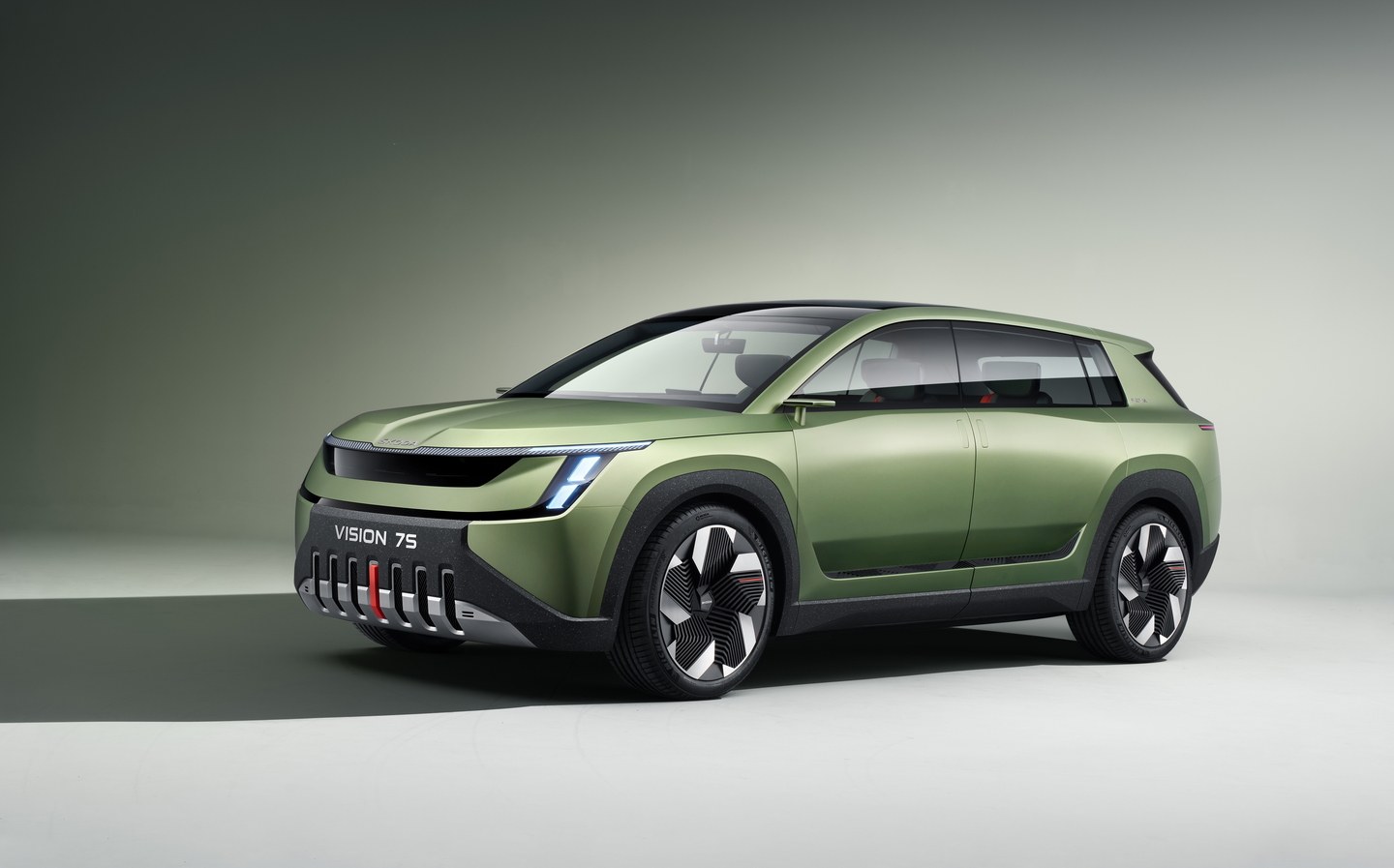Skoda reveals Vision 7 S, a concept set to preview one of three new electric models due by 2026
Three new EV models by 2026
Skoda has unveiled the Vision 7 S concept, a design study for an all-electric seven-seat SUV that previews one of three new electric models from the firm due to go on sale by 2026.
The company announced that it was in the process of investing some €5.6bn (£4.78bn) in electrification and “e-mobility” over the next five years and, as well as the large SUV prefigured by the Vision 7 S, the next few years will see Skoda launch a small electric car and a compact electric SUV.
In addition to being a statement of intent as to Skoda’s electric future, the Vision 7 S also represents one of the first outings for the company’s new design language, with the “Tech-Deck Face” front end doing away with an old-fashioned grille.
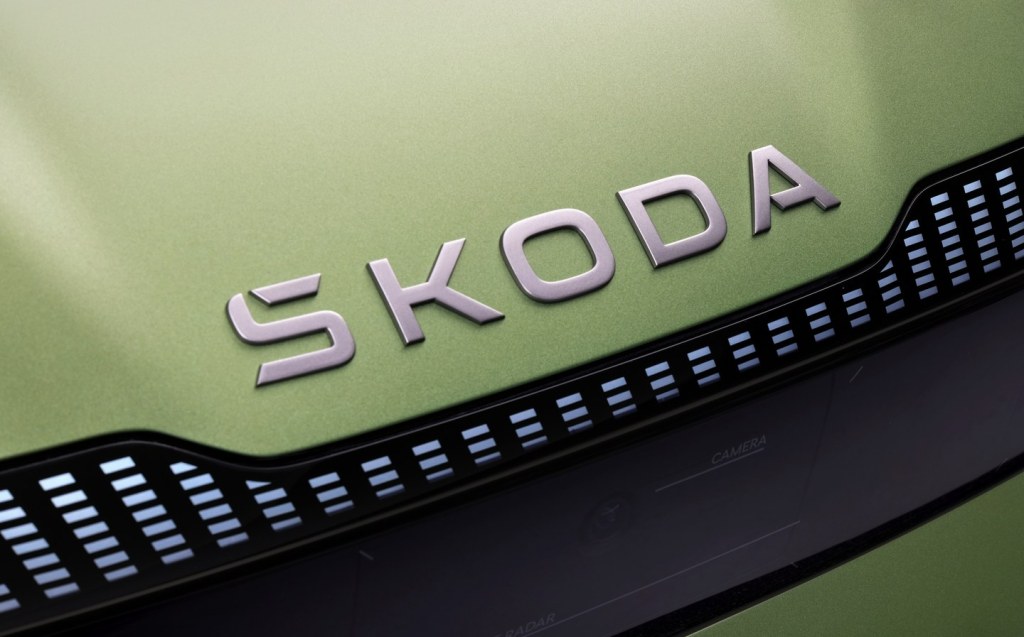
The “Tech-Deck Face” replaces the grille found on the company’s current models with a dark glass screen hiding the car’s sensors. It’s flatter and wider than the old grille, but it’s a definite evolution of the same shape.
New are the thin T-shaped lights, with the daytime running lights (DRLs) forming the crossbar of the T and the post made up of the main headlights. Both light units are visually connected across the front end by a light bar like that seen on other Volkswagen Group models such as the Golf and ID.3.
The Tech-Deck Face doesn’t mean a total absence of front air intakes though — the front bumper (made from recycled tyres) features seven vertical Jeep-style air intakes to channel air to the brakes and cooling systems. The middle slot, highlighted in bright orange, houses a tow hook.
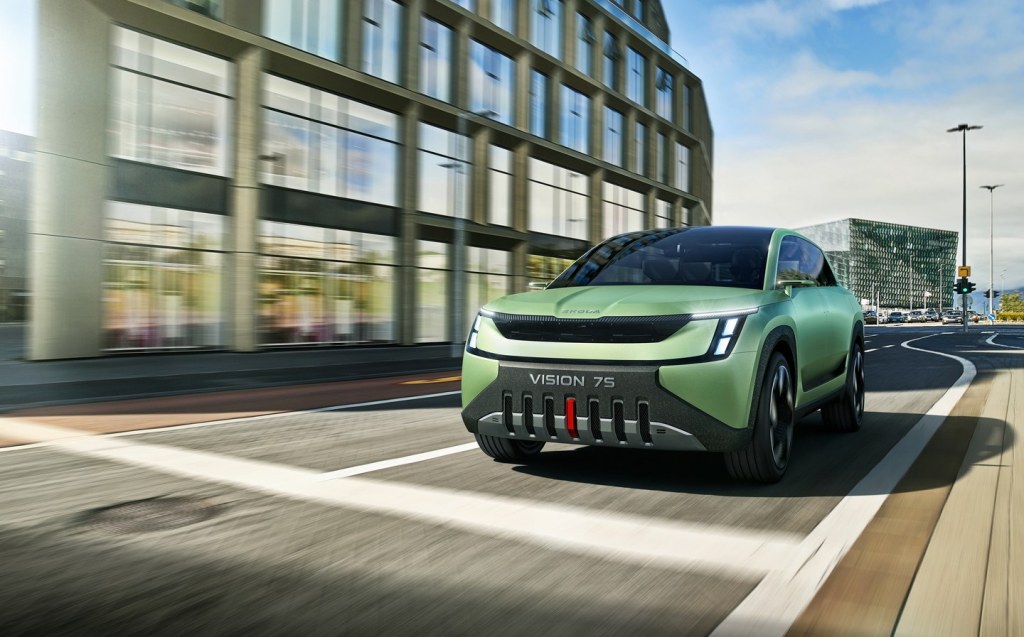
The rear of the Vision 7 S is essentially an echo of the front, with similar T-shaped lights and a set of vents, the middle of which, also finished in orange, is actually a control unit that can be pulled out to cut the car’s high-voltage power in the event of an accident.
In profile, the Vision 7 S sits on a set of 22in alloy wheels and there aren’t any door mirrors, with a camera and screen set-up instead. The doors are counter-hinged, and opening them using the flush door handles reveals a hugely spacious interior, made feel all the larger by the absence of a B-pillar.
The interior is configurable in two different formations, one for driving, the other for relaxing. There’s little unusual about the first one, but when charging or parked, a button on the centre console rotates the 14.6in vertical touchscreen horizontally to better facilitate watching a video, slides the oblong steering wheel and 8.8in digital instrument cluster forwards to create more space to spread out, and allows the front seats to rotate inward and recline, with reclining also possible in the second row.
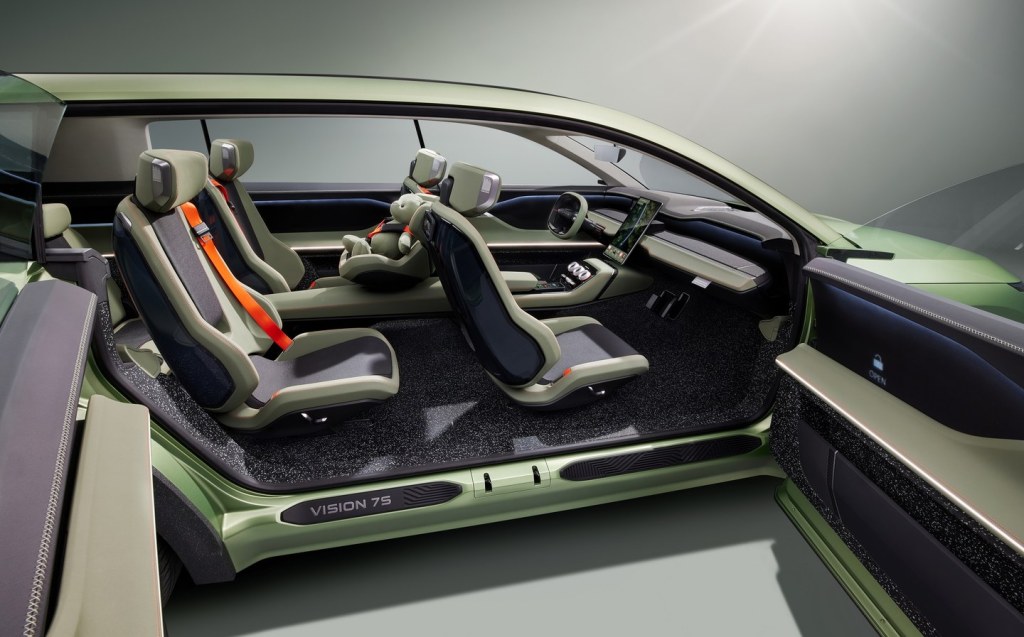
The car’s centre console extends backwards to the second row of seats, and another clever touch is the integration of a baby seat into the console in what Skoda describes as the safest place in the vehicle. The seat is positioned contrary to the direction of travel and, as well as second row passengers being able to keep an eye on the baby, there’s also a roof-mounted camera to relay images to the central infotainment display so that the driver or front-seat passenger can see what’s happening.
As for the Vision 7 S’s underpinnings, it’s based on the same Volkswagen Group MEB platform as VW ID.4 and indeed Skoda’s own Enyaq iV. Power comes from an 89kWh battery which, the company says, can deliver a range of up to 373 miles, with rapid charging of up to 200kW. Although Skoda hasn’t mentioned anything yet about the motors, extrapolating from other MEB models, the eventual production version of the Vision 7 S could theoretically feature single or dual motors developing around 300bhp or more.
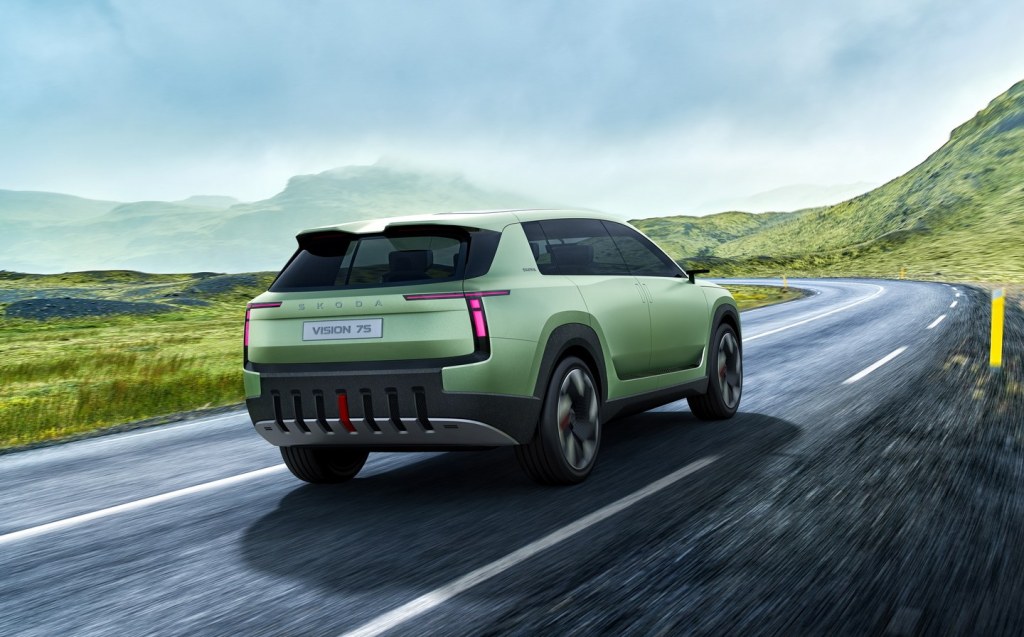
In addition to the unveiling of the Vision 7 S and the company’s new design language, Skoda also announced that it was changing its corporate look. The company’s winged arrow logo will see a small redesign, but the use of the logo will be scaled back significantly in favour of the use of a wordmark, i.e., “Skoda” lettering with new typography.
While corporate letterheads seldom make any difference to potential customers, the new corporate identity will eventually make an appearance on the company’s cars, with the front of the Vision 7 S featuring not the Skoda logo, but the wordmark instead — another sign, the firm said, of things to come.
Related articles
- After reading about the new Skoda concept car, you might want to see our review of the Volkswagen ID. Buzz
- Here are all the car makers’ electric car plans
- Read our review of the Renault Mégane E-Tech Electric
Latest articles
- Aston Martin Valkyrie AMR-LMH hypercar hits track ahead of 2025 Le Mans challenge
- Porsche has begun testing the electric Cayenne
- Cupra Leon 272 eHybrid 2024 review: Bigger battery, better tech … but is it a Cupra?
- Porsche 911 GTS 2024 review: Hybrid heresy or more Stuttgart genius?
- Extended test: 2023 Vauxhall Astra Sports Tourer GS PHEV
- Ford Capri revival has faced a lot of flak… but are buyers put off? Here’s what visitors to the Festival of Speed had to say
- F1 2024 calendar and race reports: What time the next grand prix starts and what happened in the previous rounds
- ‘No timeframe’ for how long Volvo’s returning estate cars will be on sale in UK
- Kia Picanto 2024 review: Updates add spice to cute Korean city car


